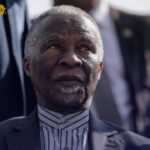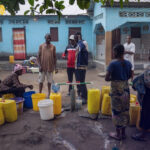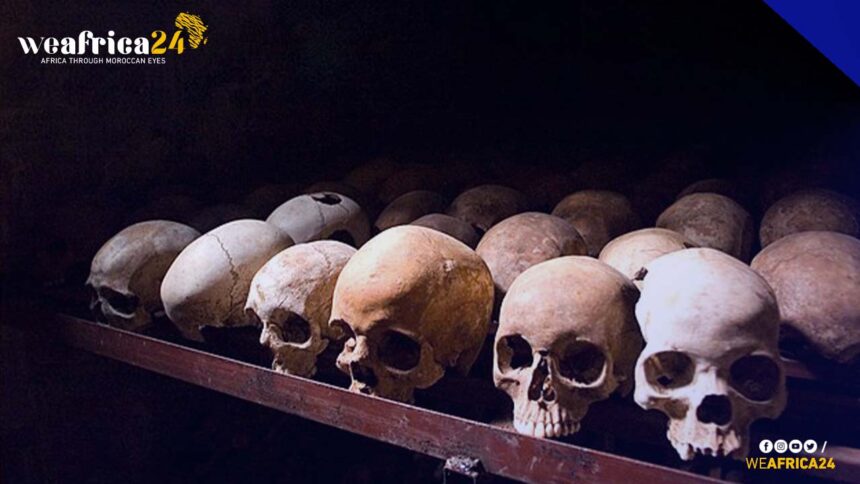It all began on April 7th, 1994, in the beautiful city of Kigali, Rwanda, but what followed was anything but beautiful, Instead, it was a nightmare of unimaginable horror that would last for 100 days.
This was the genocide against the Tutsi people, perpetrated by Hutu, the death toll was staggering, with an estimated 800,000 people losing their lives.
Today, on the 29th anniversary of the genocide, the people of Rwanda come together to remember those who were lost and to reaffirm their commitment to never forget and to work towards building a brighter future for their country.
How Ethnic Identity Cards Planted the Seeds of Tragedy in Rwanda?
The origins of the genocide can be traced back to the colonial era in Rwanda when the Belgian colonialists used ethnic identity cards to differentiate between the Tutsi and the Hutu, this led to the creation of an artificial divide between the two groups, which was later exploited by Hutu extremists to justify their campaign of violence against the Tutsi.
In 1990, the Rwandan Patriotic Front (RPF), a rebel group composed mostly of Tutsi exiles, launched an invasion from Uganda, sparking a civil war that lasted until 1994.
On April 6th, 1994, the plane carrying Rwandan President Juvenal Habyarimana and Burundian President Cyprien Ntaryamira was shot down, killing everyone on board.
Hutu extremists immediately began blaming the Tutsi for the attack and started a coordinated campaign of violence against them.
Over the next 100 days, Tutsi men, women, and children were hunted down and killed in their homes, on the streets, and even in churches and hospitals.
Unheeded Warnings: The Failure of International Powers to Prevent the Rwandan Genocide
Despite clear warnings of an impending genocide, the international community failed to act to stop the violence.
The United Nations Assistance Mission for Rwanda (UNAMIR), which had been deployed in the country since 1993, was largely powerless to intervene.
The United States and other Western powers were reluctant to get involved, and the UN Security Council was slow to authorize a stronger mandate for UNAMIR.
How Rwanda Rose from the Ashes of Genocide to Rebuild and Reconcile
The genocide came to an end in July 1994, and after that, the country faced immense challenges in rebuilding and reconciling its fractured society.
Led by current President Paul Kagame, the new government took bold steps toward national healing, including the establishment of the Gacaca courts to try those responsible for the genocide and promote reconciliation between the Hutu and Tutsi.
Rwanda’s impressive progress in the years since the genocide is a testament to the resilience of its people, with a strong focus on rebuilding the economy, improving healthcare and education, and promoting national unity.
Today, Rwanda is widely regarded as a model for post-conflict recovery and serves as an inspiration for other nations grappling with the aftermath of conflict and violence.







